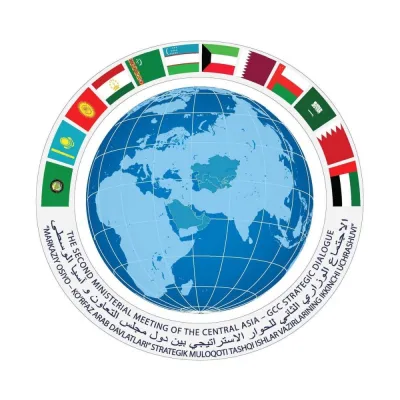Oil prices plunged below $40 a barrel in New York on Friday for the first time in more than six years amid signs the supply glut of crude will be prolonged. Prices have tumbled almost 35% since their peak in June; world oil production is now estimated around 3mn bpd higher than demand.
An unenviable regime of consistently lower oil prices is here to stay for long even if demand is set to pick up next year, according various forecasts. To be sure, for the oil-driven economies of Gulf Co-operation Council, prices staying cheaper for long is not a welcome proposition.
GCC countries have partly offset the weakness in oil prices by increasing output volumes in 2015, said Khatija Haque, head of regional research at Emirates NBD. So far, governments have mainly covered deficits by drawing on fiscal reserves. Saudi Arabia’s net foreign assets - the best indicator of Riyadh’s fiscal strength - fell 1.2% to $664.4bn in June as the government of the biggest Arab economy continued to spend down reserves for the fifth month in a row.
But the plunge of oil prices since last year is expected to produce fiscal deficits in all six GCC countries, according to a Reuters poll last week.
Qatar in June cut its growth forecast to 7.3% this year from an earlier estimate of 7.7%. The Ministry of Development Planning and Statistics (MDPS), in its June Qatar Economic Outlook (QEO) for 2015-17, said “robust” growth in 2015 will taper off to 6.6% in 2016 and 6% in 2017. Despite lower oil prices, the ministry said, Qatar could still post fiscal surplus of 1.4% of GDP in 2015, but show up deficit of 4.9% in 2016 and 3.7% in 2017. But Qatar’s strong net asset position and good credit standing will enable deficits in 2016 and 2017 to be “comfortably” financed over the projection period, according to the QEO.
Gulf nations have so far coped with low oil prices by banking on their fiscal reserves cushion (estimated at $2.45tn by the International Institute of Finance), policy reforms (the UAE has linked domestic oil prices to global markets) and by prioritising their spending plans. But, in a wider sense, the Gulf’s comfort zone will get narrower in the long term, especially if oil trades cheaper for long.
GCC nations enjoy constrained monetary policy manoeuvrability with their currencies (except for Kuwait) pegged to the US dollar. The stakes are also high as the US Federal Reserve is widely expected to raise interest rates, which the central bank has kept at zero since December 2008, later this year.
Gulf policy makers now need to focus on fortifying a self-sustaining private sector to delink its growth from state spending. Labour market and intellectual property reforms can help. Not only do they need to prioritise spending decisions vis-à-vis lower oil prices, they need to evaluate the non-oil economy on a stand-alone basis to cushion the impact of oil revenue volatility on long-term growth plans.



